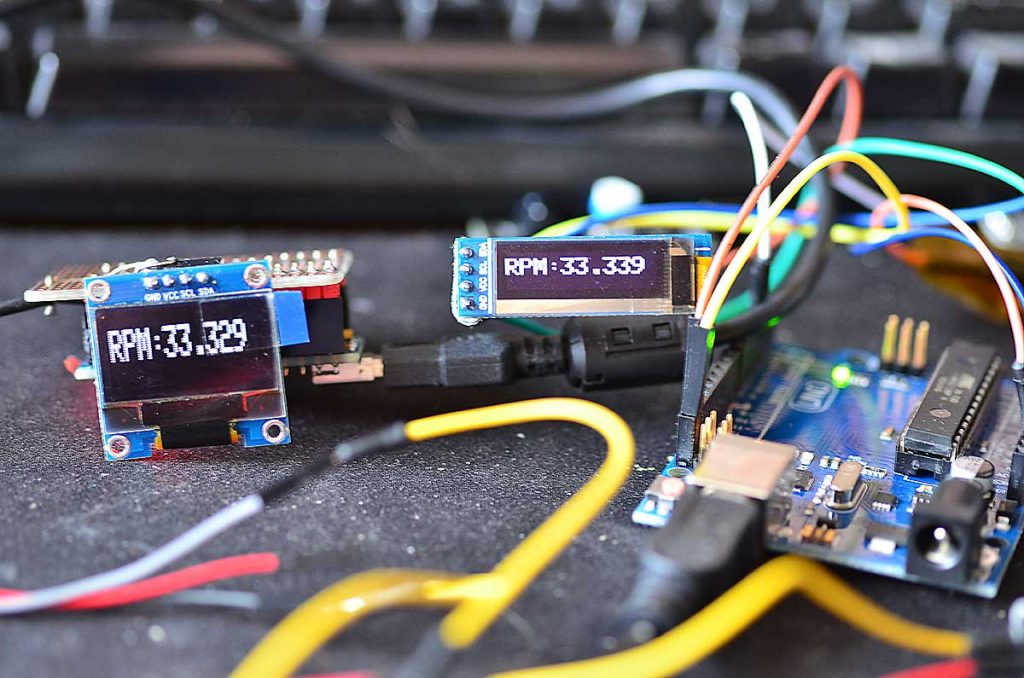
How to Bench Test a Boat Tachometer: Terrific Techniques
Share
If you are a tech professional or an enthusiastic tech lover with a passion for boats, understanding how to bench test a boat tachometer is crucial. A tachometer is a pivotal instrument that provides vital information regarding engine speed, which is essential for the efficient operation of your boat. Ensuring that this device functions correctly can significantly impact your boating experience. In this guide, we will explore the ins and outs of bench testing your tachometer, ensuring it remains reliable and accurate.
This comprehensive article will take you through the necessary preparations, techniques, and tools required for a successful bench test, helping you quickly identify any problems with your tachometer and address them effectively.

What is a Boat Tachometer?
A boat tachometer is an instrument that measures the rotational speed of the engine, typically in revolutions per minute (RPM). It provides real-time feedback on how fast the engine is running, allowing boaters to optimize performance and avoid potential damage from over-revving the engine.
These devices can vary in design and function, with some using analog systems while others utilize digital interfaces. Regardless of the type, understanding how to test them is essential for maintenance and troubleshooting.
Why is Bench Testing Important?
Bench testing your boat tachometer is essential for several reasons:
- Diagnostic Tool: It helps identify inaccuracies in the readings.
- Preventive Maintenance: Frequent testing can prevent unexpected failure during your boating adventures.
- Improved Performance: Ensuring the tachometer works correctly can enhance overall boat performance.
Before you dive into the testing process, it's crucial to ensure you have the right tools at hand. Gathering the necessary equipment will improve the accuracy and efficiency of your tests.
What Tools Do You Need?
Heres a list of essential tools:
- Multimeter: Used for measuring voltage levels.
- Tachometer Simulator: A device that can simulate various RPM signals.
- Test Leads: For connecting equipment and making it easier to gather data.
- Power Supply: To provide power to the tachometer during testing.
Steps for Bench Testing a Boat Tachometer
Now that you are equipped, lets look at the how to bench test a boat tachometer step-by-step:
Step 1: Prepare Your Workspace
Before testing, make sure you have a clean and organized workspace. This will help to prevent any complications while working with electrical components. Proper lighting and ventilation can also make a significant difference.
Step 2: Set Up the Tachometer
Connect the tachometer to the power supply. Ensure you are using the appropriate voltage, usually found in the specifications of the device. Make connections securely to prevent false readings.
Step 3: Use the Tachometer Simulator
Connect the tachometer simulator to the tachometer. This device will help simulate various RPM signals, allowing you to compare the readings displayed on your tachometer.
Step 4: Test the Readings
Gradually increase the RPM on the simulator and observe the readings on your tachometer. Ensure that the readings match the RPM being simulated. If there are discrepancies, further investigation is needed.
Step 5: Record Your Findings
Write down the differences between the simulated RPM and the readings on the tachometer. This documented data can help facilitate future troubleshooting efforts.
Step 6: Perform Electrical Tests
Use the multimeter to check the voltage levels at different points in the tachometer. This can help ensure that it is receiving adequate power for accurate performance.
Common Problems Encountered
Even after testing, you may still encounter issues with your tachometer. Here are some common problems:
- Incorrect Readings: The tachometer indicates speeds that do not match engine performance.
- Complete Failure: The tachometer does not work at all.
- Intermittent Functionality: The tachometer works sporadically.
Troubleshooting Tips
If you locate issues during your bench testing, here are some troubleshooting tips:
- Check Connections: Ensure that all wires and connections are secure and not corroded.
- Inspect for Damage: Look for any visible signs of damage on the tachometer.
- Test with Another Tachometer: If possible, compare your results with another working tachometer to confirm issues.
When to Replace Your Tachometer
If you determine that your tachometer is beyond repair, it may be time to consider a replacement. Look for high-quality replacements that feature durability and precise readings.
For more tips on improving your boats performance, check out this article on installing a tachometer.
FAQs
1. How do I know if my tachometer is accurate?
To determine the accuracy of your tachometer, conduct a bench test using a tachometer simulator and comparing the results.
2. Can I repair my tachometer myself?
While some issues can be fixed with minor repairs, significant problems may require professional assistance.
3. How often should I test my tachometer?
It is advisable to test your tachometer regularly, especially before boating season, to ensure everything is in working order.

Conclusion
Learning how to bench test a boat tachometer is a valuable skill for tech professionals and enthusiasts alike. With the proper tools, techniques, and know-how, you can ensure that your tachometer remains reliable and accurate, leading to safer and more enjoyable boating experiences.
